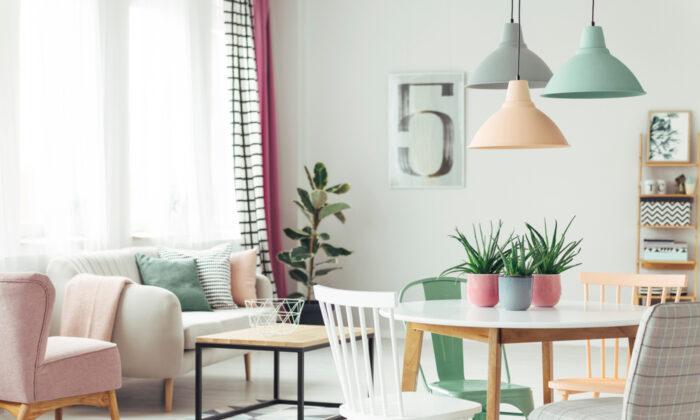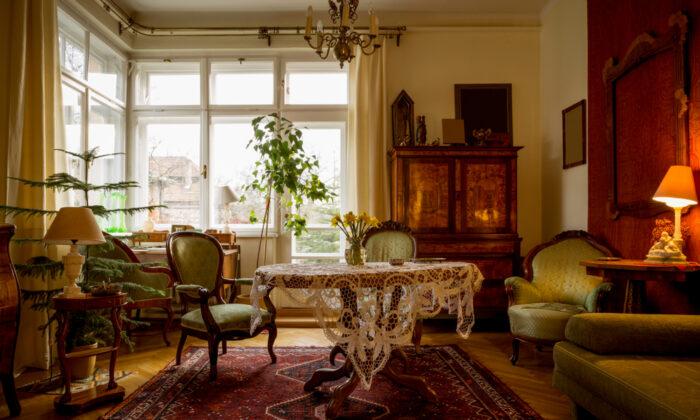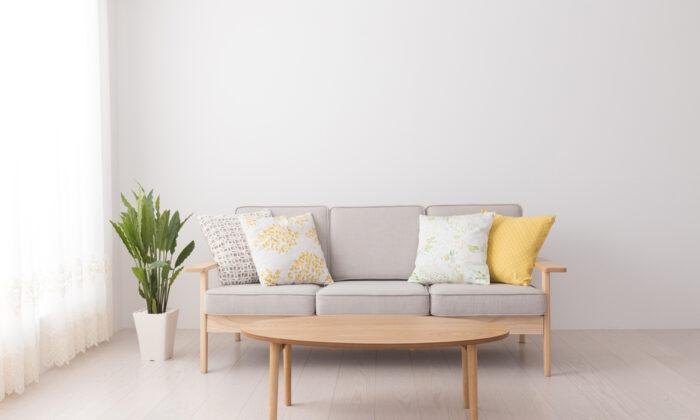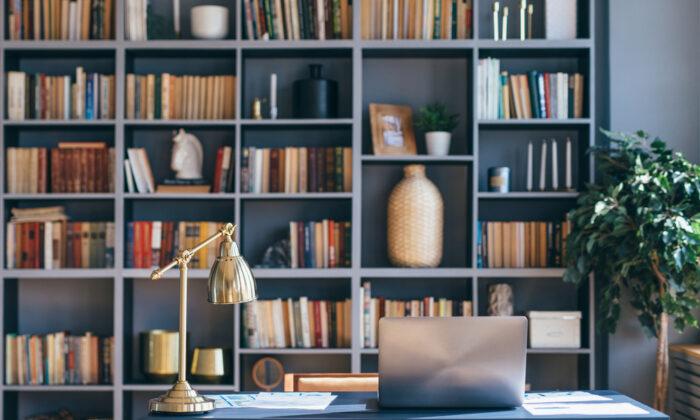Working with color is the fun part of pulling your home together. Initially, don’t get caught up in getting it right the first time you select your colors, fabrics, and patterns. Learning and editing is part of the process. Don’t let all the decisions get in the way of your own imagination and enthusiasm.
The sky’s the limit when it comes to designing your home. Making the right choices is a matter of time and experience, so take your time so you are able to learn what it is that you really like.
Colors
I am of the school of thought that believes that almost any color can complement another color, if the right hue, shade, or intensity are chosen. In almost any decorating scheme, there is always a predominant color. Usually, walls and floors occupy this role. Make sure that your selection of a predominant color is flexible enough, and that you like it enough, so that any other selection plays second fiddle.Second colors play a supporting role in a decorating scheme. Usually, second colors are represented in upholstery, case goods, and accessories.
Patterns
An important part of a room is the patterns or lack thereof. While there is nothing wrong with using one pattern in a room, using a few patterns can liven up a room and make it interesting.Patterns come in all types and sizes. There are so many, but here are a few to give you some food for thought: floral, plaid, stripes, dots, animal skins, abstracts, and tie-dye. They can be mixed with solids or intermixed to create a well-decorated and layered home. There are no right or wrong ways, and there are no written rules. Your eyes will be the best judge of whether it feels nice or not.




